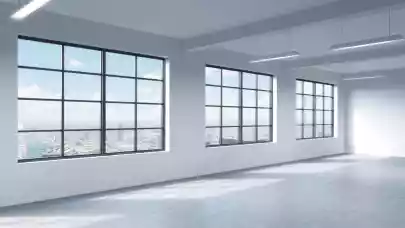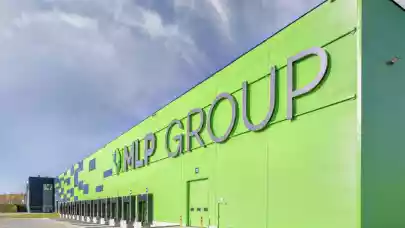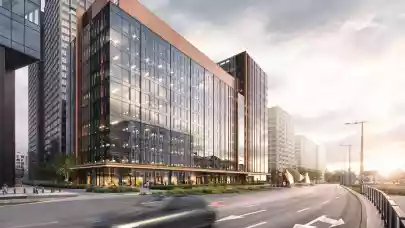
Landlords and tenants have become more educated in recent years. Landlords know better what to request from PM providers and tenants know what they should expect in a modern office building. Mariana Stamate, Associate Director, Head of Property Management at JLL Romania provided an overview of the property management business in Romania.
Mariana Stamate is chairing the facility and property management at SEE Property Forum 2018.
Has demand for PM services grown significantly due to the property market’s boom?
Indeed, in the past year, we have seen an increased interest in outsourced property management services. More and more landlords are aware of the advantages in outsourcing this type of service by having a specialised professional company as property manager, with expertise in all areas of real estate, thus a global understanding and worldwide experience, up to date with trends and technologies. Still, I would mention that due to the lack of transparency, it is difficult to quantify the real demand for PM services, as not all the landlords are organising PM tenders.
What are the main trends driving the property management business in Romania these days?
Landlords and tenants are more knowledgeable and sophisticated, landlords know better what to request from a PM provider, the tender documentation is much more complex, a special focus is given to procedures and implementation and KPIs are generally included in the agreements. Therefore, together with the requirements, the quality of services has increased. A trend that still continues is that mainly local investors prefer to have this service in-house.
How are new technologies affecting your line of work? What are some of the top innovations in property management today?
Every new project tries to bring something new. Green buildings have become a must, parking spaces with chargers for electric cars are a common facility and the market is evolving with outdoor working areas (exterior furniture with Wi-fi and plugin), biometrics-based access (access to the building based on fingerprint or facial recognition) that will increase the security level, dedicated smartphone applications for the building providing concierge services, as well as helpdesk. All these technologies, that have the ultimate purpose of keeping the occupiers happy, will completely change the structure of the job. The property manager already has real-time view of all the systems of the building, from HVAC, elevators, security etc. The complexity of having various components working together will conduct in a new type of property manager, one that is more skilled in engineering and responsive to digital and social media.
How have office space occupier needs changed during recent years? Are tenants more educated than they were before?
In the past years, developers’ focus was on office parks, more than standalone office buildings, due to high demand for expansion phases from tenants. 50% of net take up comes from IT&C with a strong increase in headcount projections. The lack of infrastructure improvement resulted in landlords expanding the type of services offered in the business parks, meaning retail area and food court. As IT companies usually are offering a subsidy for employee’s meals, the surface of office buildings’ canteens and restaurants has been increased by more than 40%.
The unconventional office of 3 years ago is different than the unconventional office of today. Open space is ordinary, but co-working areas are created in order to increase performance and retention rate and to accommodate the mix of needs during one day at work. It is estimated that in 5 years’ time, 20% of the office area of a building will be dedicated to co-working spaces. Also, the well-being concept is more and more used and specialists are doing internal surveys and reports in order to define and adapt the organizational culture of each company. For all of the above, tenants need space flexibility, the efficiency with easy floor layouts and surfaces over 1,500 sqm/ floor.
Clearly, tenants became more and more educated due to more and more new entry companies on the market with high expectations. For example, for relocation, the first step in drafting the list of options is the traffic report vs employees benefits in the building & expansion options (looking at projects developed in phases) together with OPEX detailed analysis.



